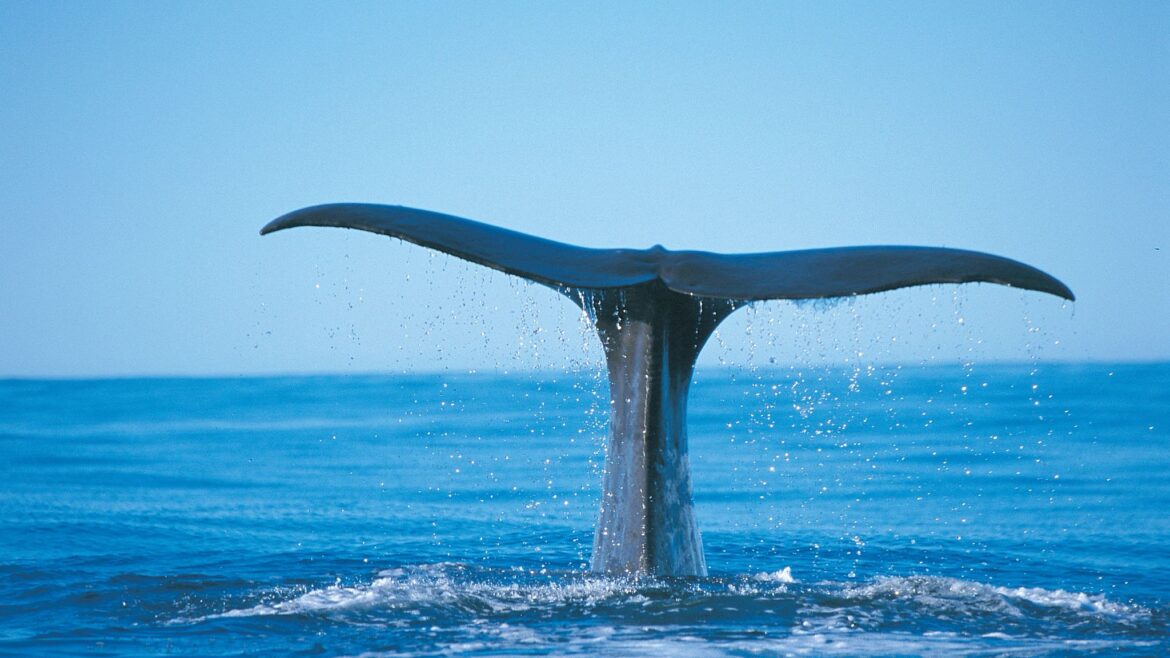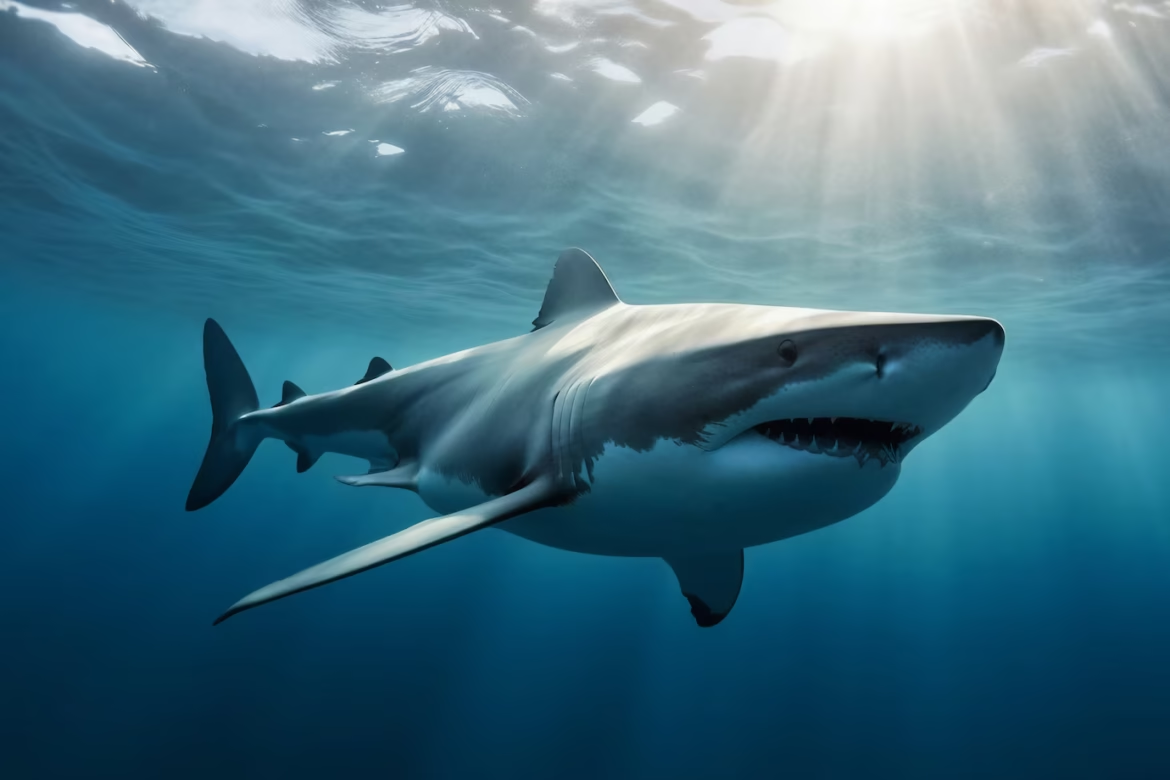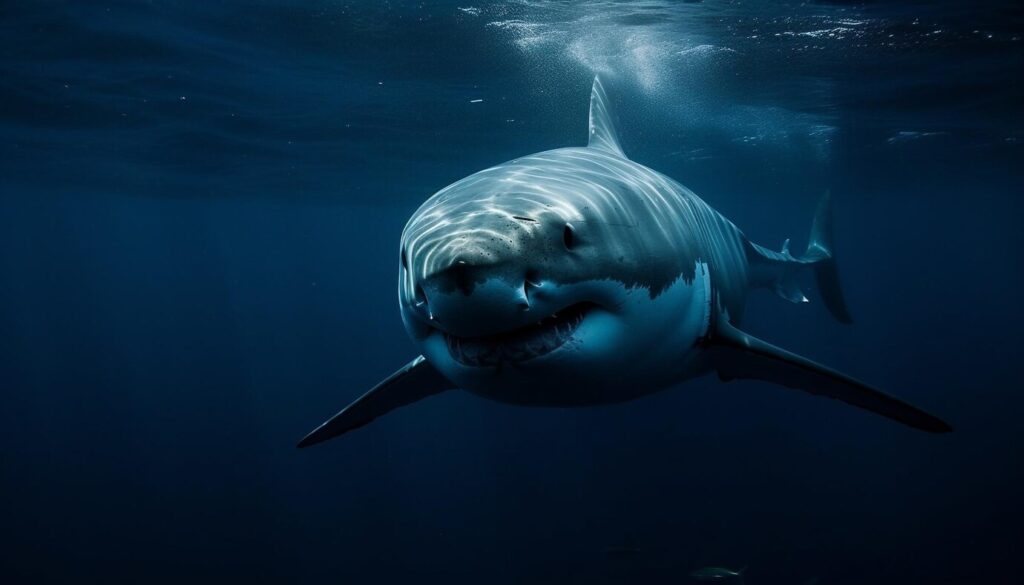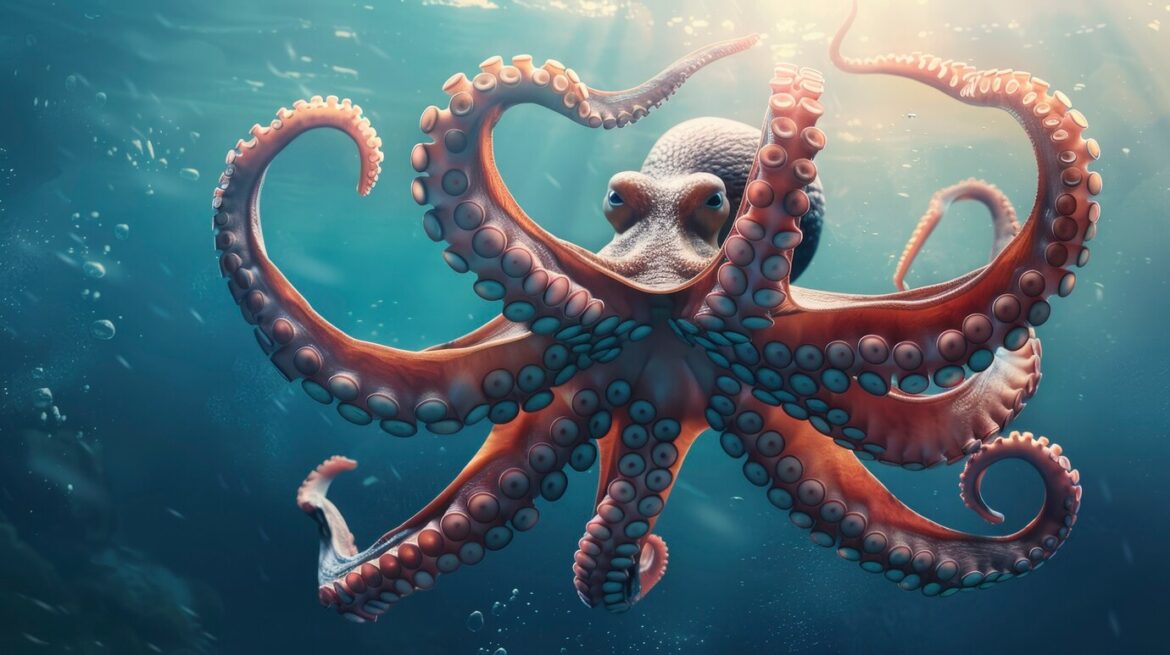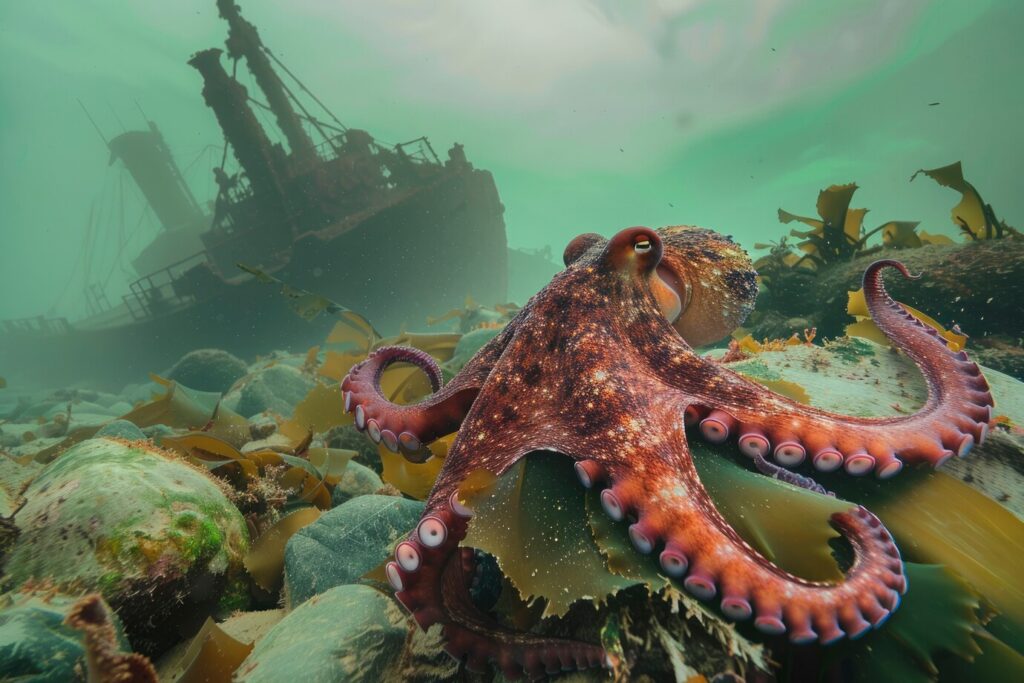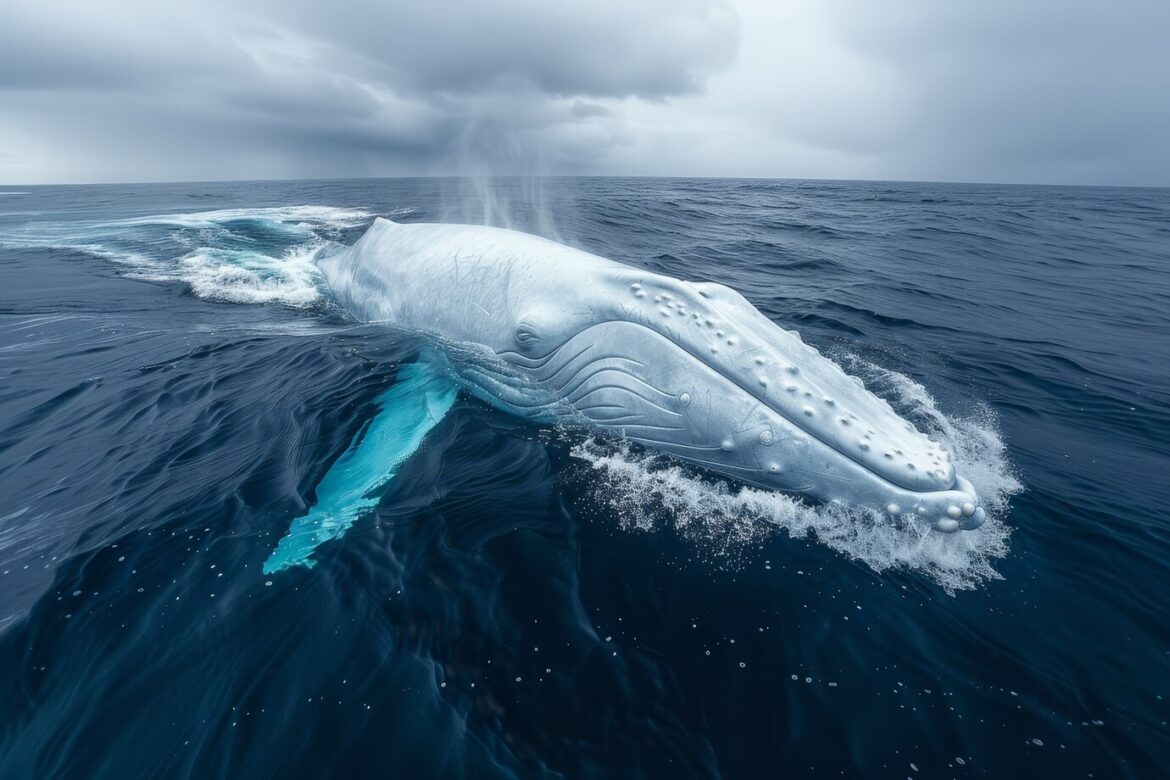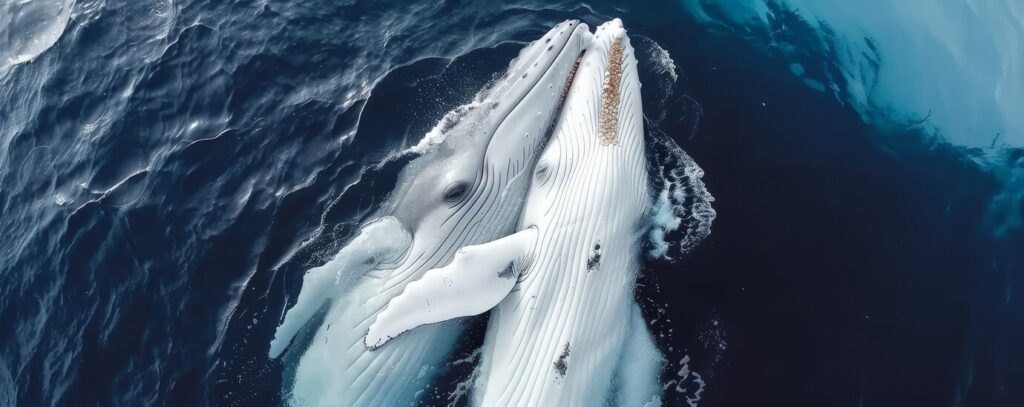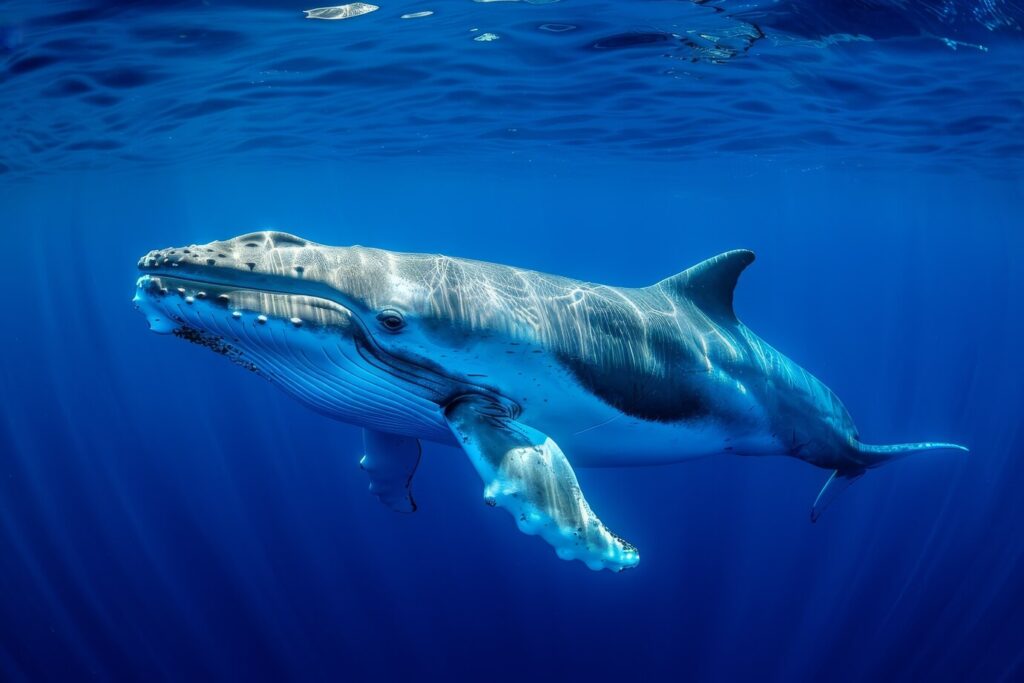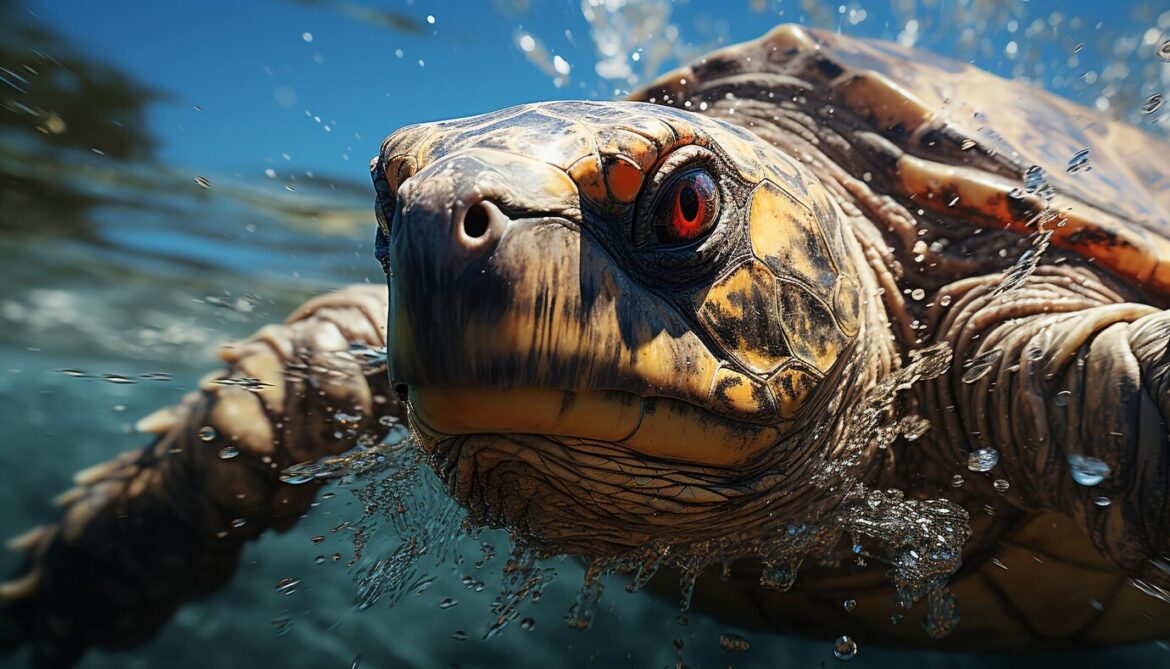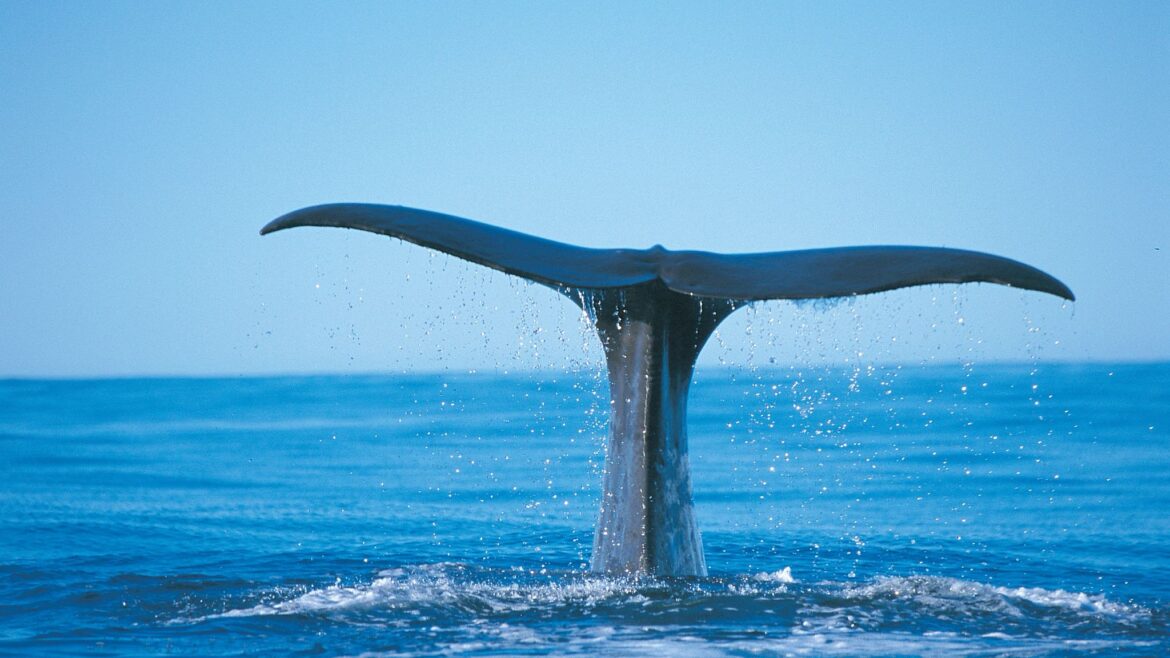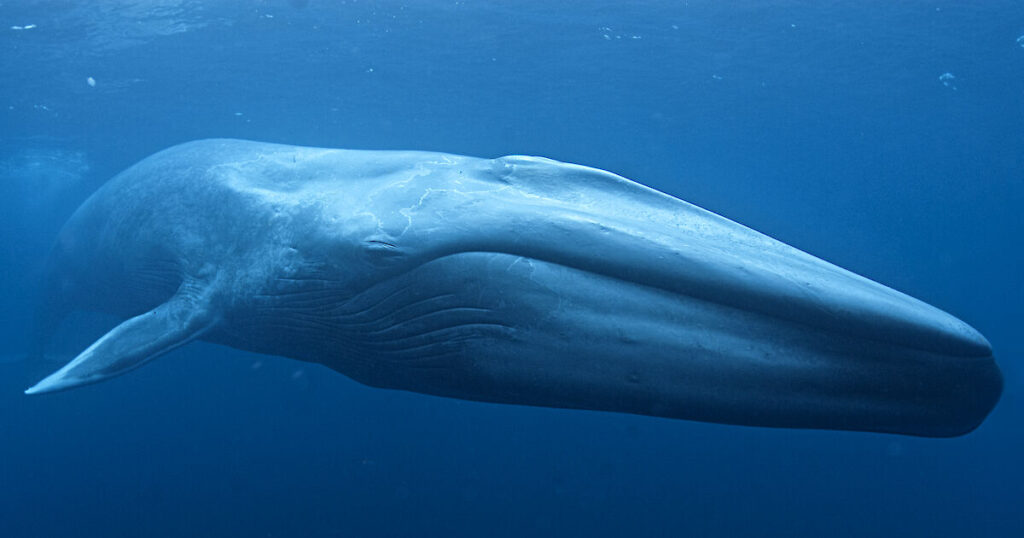The ocean is a vast, mysterious world filled with incredible marine life, some of which are truly gigantic. The largest sea creature ever to exist on Earth is the blue whale, a magnificent and awe-inspiring marine mammal. With its massive size and unique characteristics, this ocean giant continues to capture the imagination of marine enthusiasts and scientists alike. But is the blue whale truly the biggest creature the ocean has ever seen? Let’s dive into the depths of history and explore other contenders for the title of the biggest sea creature in the world.
The Blue Whale: The Largest Living Sea Creature
When it comes to sheer size, no modern sea creature surpasses the blue whale (Balaenoptera musculus). Measuring up to 100 feet (30 meters) in length and weighing as much as 200 tons, the blue whale holds the record for being the largest sea creature ever. Some fascinating facts about blue whales include:
- Their heart alone weighs around 400 pounds (180 kg), the size of a small car.
- A newborn blue whale calf weighs about 6,000 pounds (2,700 kg) at birth and gains around 200 pounds per day.
- Despite their size, blue whales feed almost exclusively on tiny shrimp-like krill, consuming up to 4 tons daily.
These gentle giants produce loud, low-frequency calls that can be heard over hundreds of miles underwater, helping them communicate across vast ocean distances.
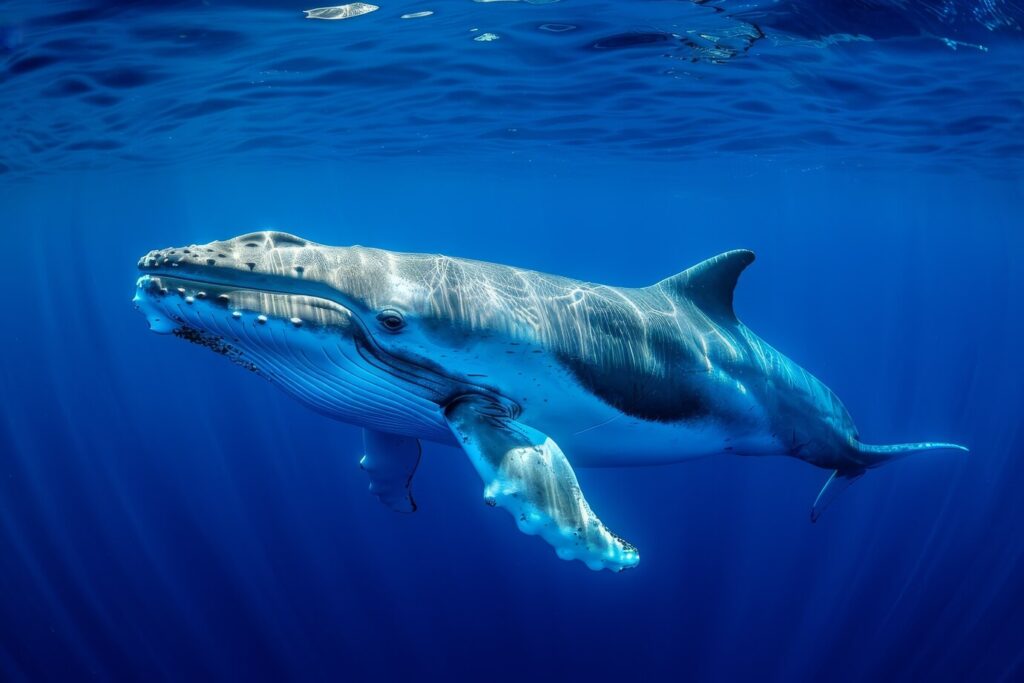
Prehistoric Giants of the Ocean
While the blue whale is the largest known sea creature alive today, prehistoric waters were home to other massive beings that rivaled or even surpassed it in size.
1. Megalodon (Otodus megalodon)
One of the most famous prehistoric sea creatures, the megalodon, was an enormous shark that lived approximately 23 to 3.6 million years ago. Estimated to grow up to 60 feet (18 meters) in length, this apex predator had jaws that could crush a car. Despite its massive size, the megalodon was still smaller than the blue whale.
2. Ichthyosaurs
Ichthyosaurs were large marine reptiles that lived during the Mesozoic era. The biggest sea creature in the world from this group was Shonisaurus sikanniensis, which grew up to 69 feet (21 meters) long. These dolphin-like reptiles were fast swimmers and dominated prehistoric seas for millions of years.
3. Mosasaurs
The mosasaur was another formidable marine reptile, with Mosasaurus hoffmannii reaching up to 56 feet (17 meters). With their strong jaws and powerful tails, these sea monsters were among the top predators of their time.
Other Large Marine Creatures
Aside from prehistoric marine life, several other ocean animals today are contenders for the title of the biggest sea creature in the world.
Colossal Squid (Mesonychoteuthis hamiltoni)
The colossal squid is one of the largest invertebrates in the ocean, growing up to 46 feet (14 meters) long. Unlike the blue whale, which relies on krill for sustenance, the colossal squid is a predator, hunting deep-sea fish and other squids.
Sperm Whale (Physeter macrocephalus)
Although not as large as the blue whale, sperm whales are the largest toothed whales, reaching lengths of up to 67 feet (20 meters). These deep-diving giants are famous for their massive heads and powerful echolocation abilities, allowing them to hunt squid thousands of feet below the ocean surface.
Whale Shark (Rhincodon typus)
The whale shark is the largest living species of fish, growing up to 60 feet (18 meters). Despite its intimidating size, it is a gentle filter feeder, much like the blue whale.
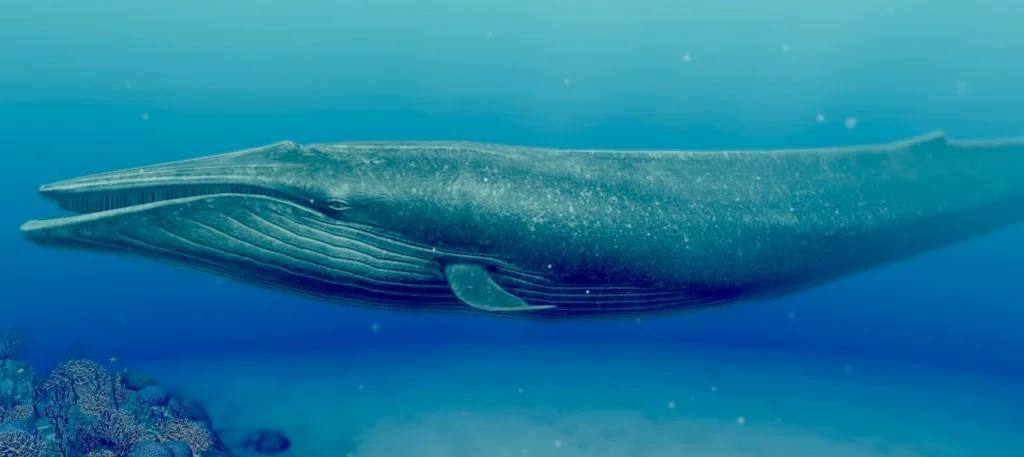
What Determines the Largest Sea Creature?
Determining the largest sea creature ever depends on various factors, including length, weight, and overall body mass. Here are some aspects to consider:
- Length vs. Weight: Some sea creatures, like the blue whale, may be longer, but others, like the megalodon, were incredibly heavy and robust.
- Survival and Adaptation: The blue whale’s size is a result of evolutionary adaptations, allowing it to efficiently navigate and feed in the vast ocean.
- Extinction vs. Modern Existence: While some extinct species, like ichthyosaurs, were massive, the blue whale holds the record for being the biggest creature in the ocean today.
Conclusion
The ocean has always been home to some of the most enormous creatures in history. While many prehistoric sea monsters once ruled the waters, the largest sea creature ever recorded remains the blue whale. No other known marine animal, past or present, surpasses its sheer mass. However, from colossal squids to extinct megalodons, the ocean’s giants continue to amaze us. Exploring these incredible creatures helps us better understand the vast and mysterious world beneath the waves, where the biggest sea creature in the world may still be waiting to be discovered.

